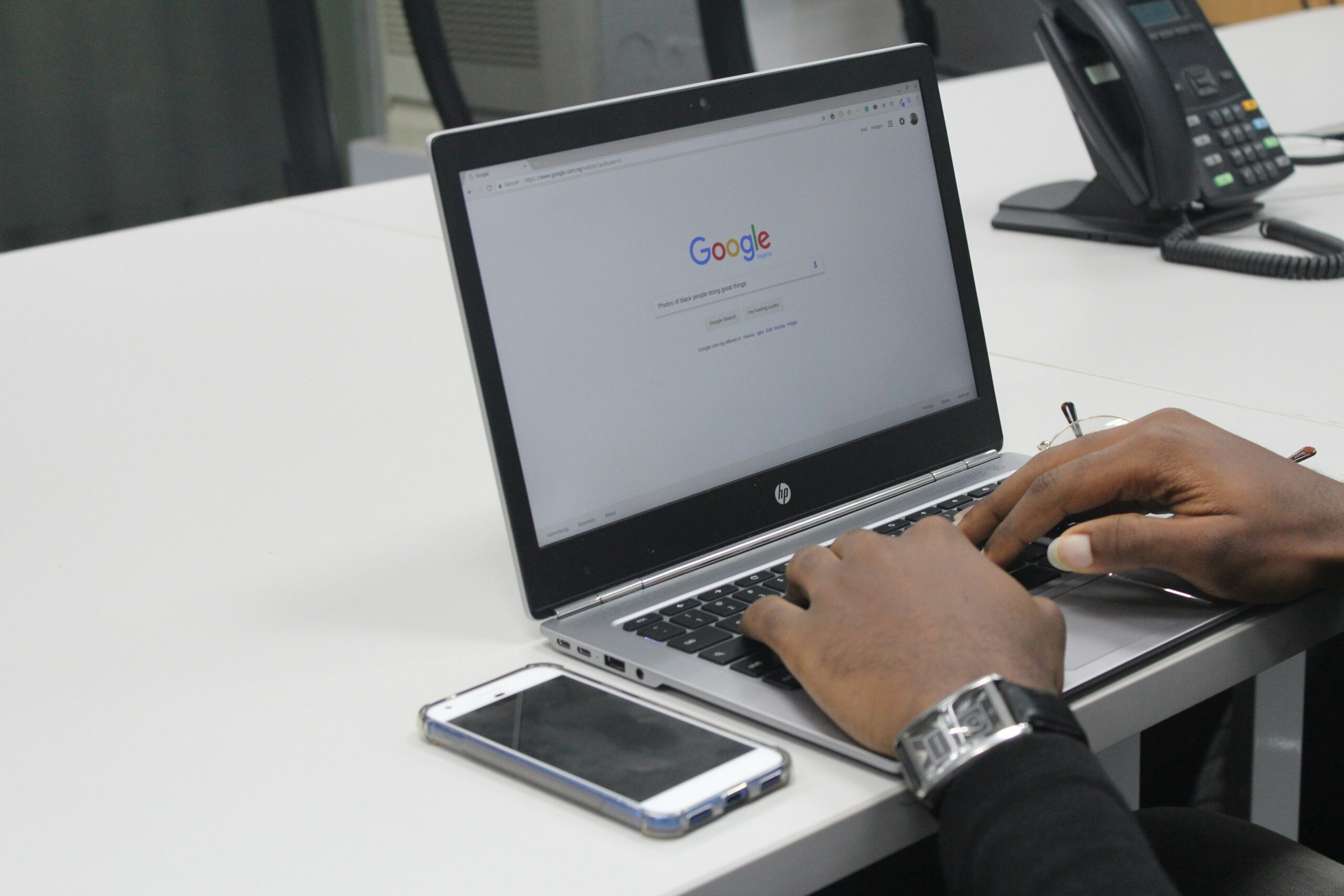We’re all familiar with the internet. It’s become the lifeblood of modern society, powering everything from our work and education to our entertainment and social connections. But the internet, like everything else, is constantly evolving. And with this evolution comes a shift in how we access and pay for this essential resource. So, what does the future hold for internet connectivity? Before you give your ‘my pick for internet plans’ list, let’s peek into the crystal ball and see what exciting changes happen.
Breaking Free from Gigabytes and Gigabits
For years, internet plans have been defined by gigabytes and gigabits. We’ve agonised over data caps, carefully monitored usage, and felt the sting of excess data charges. But the future of connectivity promises to move beyond this rigid system. Here’s how:
- Unlimited data: Imagine a world where data caps are a relic of the past. With advancements in network infrastructure and technology, providers will increasingly offer unlimited data plans, freeing users from the constant worry of exceeding their limits.
- Dynamic pricing: Instead of fixed monthly fees, dynamic pricing models based on actual usage could emerge. This would benefit consumers who use less data and providers who can optimise resource allocation.
- Tiered quality of service: Different tiers of service with varying speeds and latency might become available. This would cater to diverse user needs, allowing gamers and high-bandwidth users to choose premium plans. In contrast, casual users opt for more affordable options.
The Rise of the Smart Network
The internet of the future won’t just be about data. It will be a smart network that adapts to individual needs and preferences. Imagine a network that:
- Anticipates your needs: Your internet connection could seamlessly adjust its bandwidth based on real-time activity. Streaming a movie? It automatically boosts speed. Checking email? It prioritises efficiency.
- Personalise your experience: The network could learn your usage patterns and preferences, tailoring content delivery and security settings to your needs.
- Connects seamlessly: Gone will be the days of switching between networks at home, work, and on the go. A truly unified network experience could emerge, seamlessly transitioning you between different connections without interruption.
Beyond the Wires: The Rise of Alternative Technologies
While fibre-optic cables will remain the backbone of internet infrastructure for some time, the future holds promise for alternative technologies that could revolutionise connectivity:
- Satellite Internet: Low-orbit satellite constellations offer high-speed internet access to remote and underserved areas. This trend could accelerate, providing global coverage and potentially challenging traditional land-based networks’ dominance.
- Wireless mesh networks: These decentralised networks, built on interconnected devices rather than centralised infrastructure, could provide affordable and resilient internet access in areas with limited infrastructure.
The Human Factor: Trust, Security, and Privacy
The need for trust, security, and privacy becomes paramount as our lives become increasingly intertwined with the internet. The future of connectivity must address these concerns:
- Data security: Robust data encryption and security protocols will be essential to protect user privacy and prevent cybercrime.
- Net neutrality: Maintaining a free and open internet where all content is treated equally will foster innovation and prevent monopolies.
- Digital literacy: Educating users about online safety and responsible internet use will be essential to navigating the evolving digital landscape.
Conclusion: A Connected Future Awaits
The future of connectivity is brimming with possibilities. From breaking free from data caps to personalised smart networks and alternative technologies, how we access and experience the internet is poised for a dramatic transformation. While challenges remain, the potential for a more connected, accessible, and secure digital future is exciting. So, buckle up, get ready to embrace the change, and let’s see where the evolution of internet plans takes us next.
